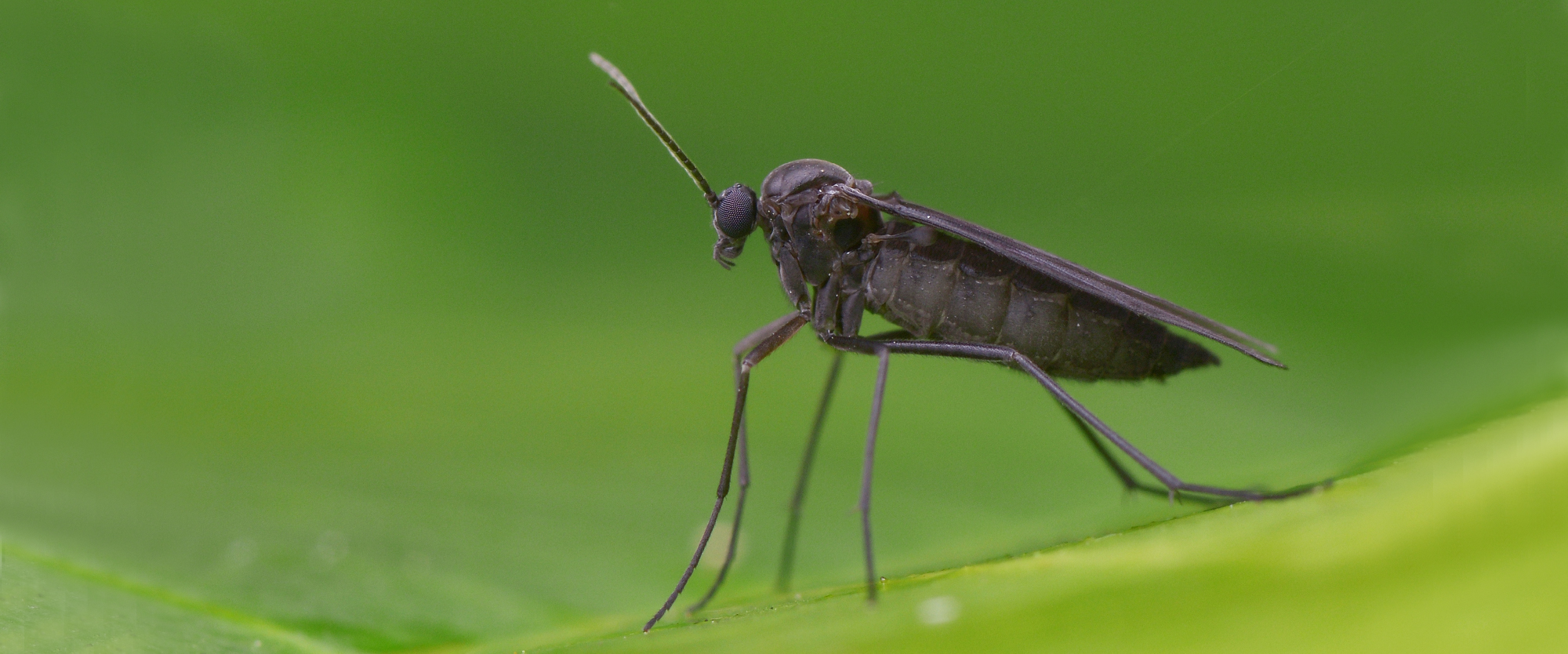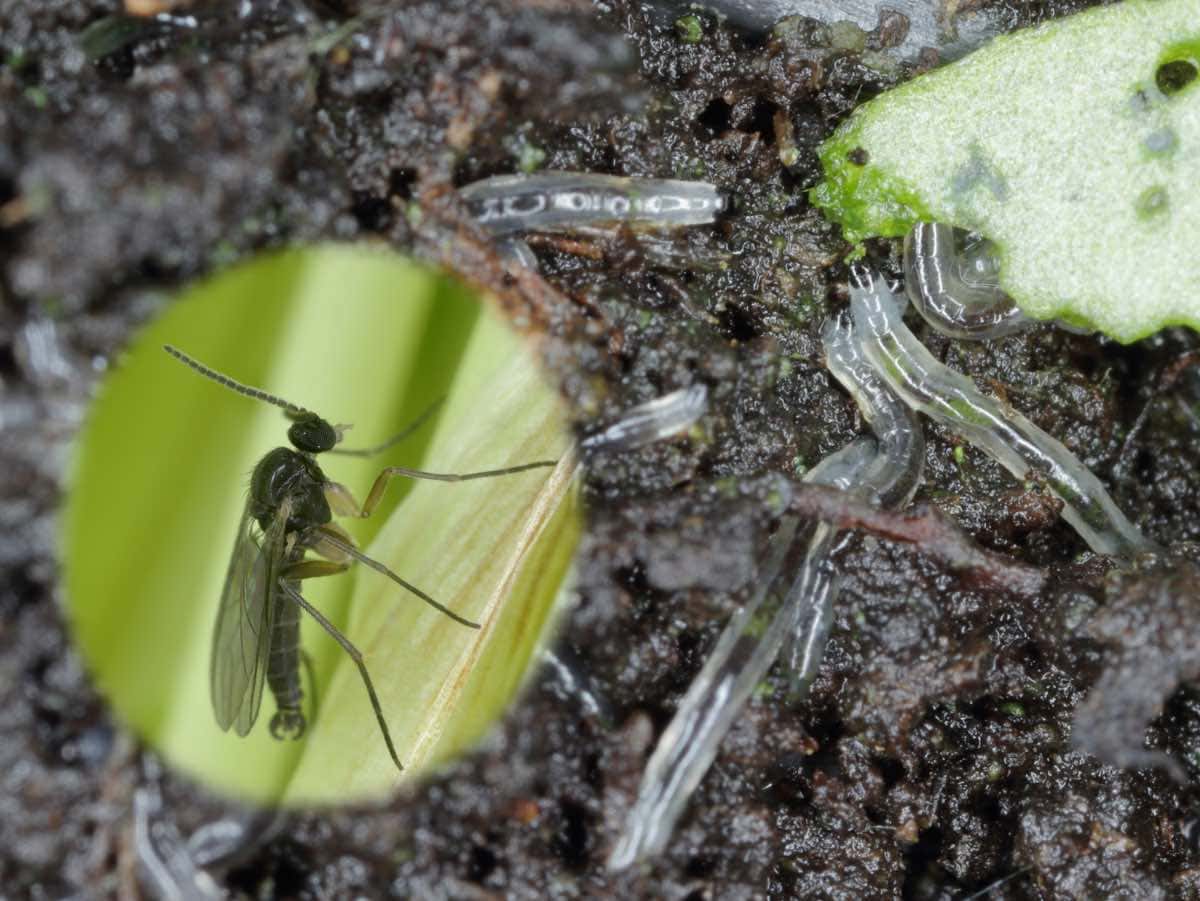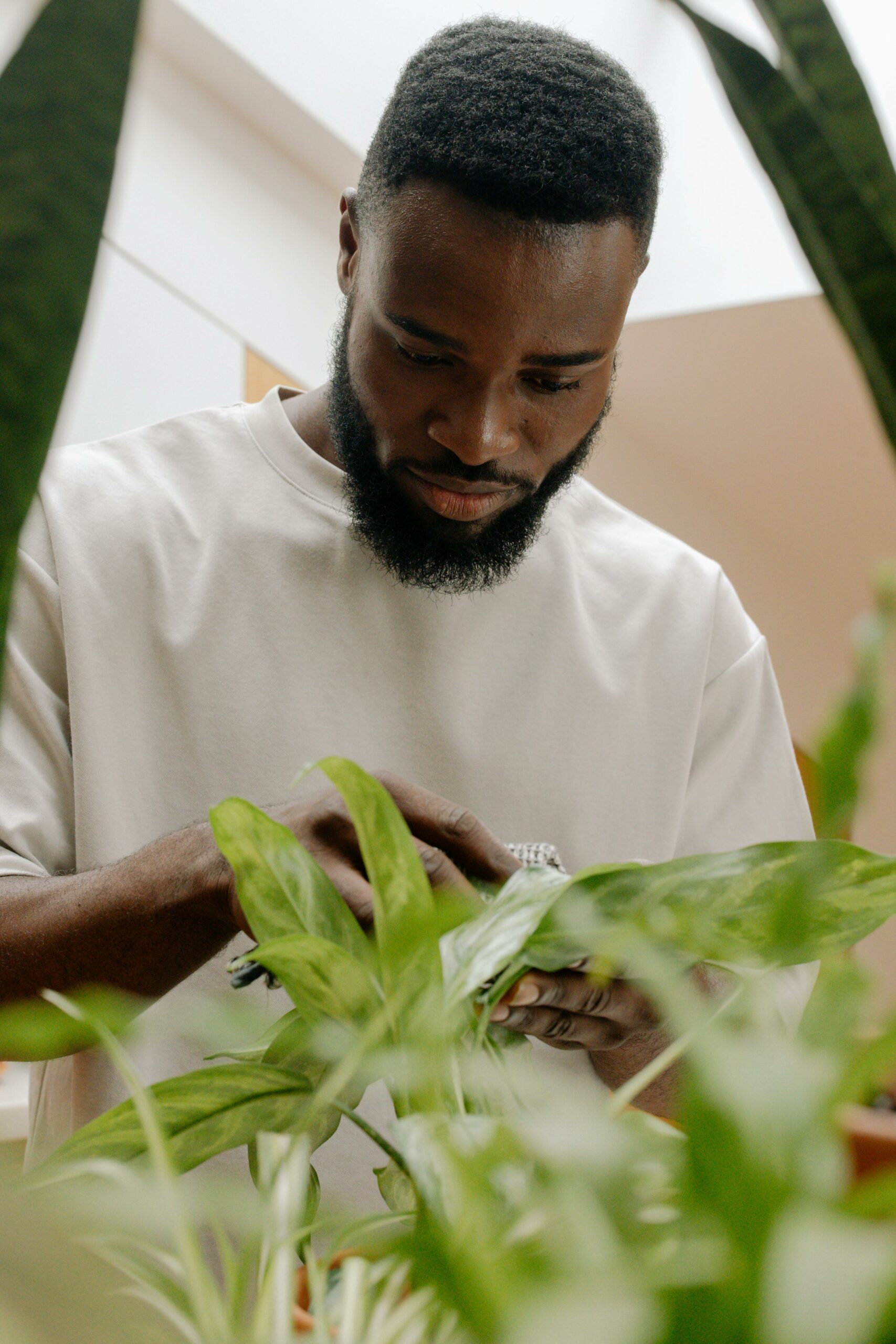Combatting Fungus Gnats: Effective Strategies for a Healthier Garden

Fungus gnats are a common pest that can disrupt the health of your garden and indoor plants. These tiny, mosquito-like insects are often more than just a nuisance—they can affect plant growth and soil health if not managed properly. Understanding the nature of fungus gnats and implementing effective control measures is crucial for maintaining a thriving garden.

What Are Fungus Gnats?
Fungus gnats are small, dark-colored flies, usually less than 1/8 inch long, that are often mistaken for fruit flies. They thrive in moist environments and are typically found in the top layer of soil in potted plants. While the adult gnats are more of a nuisance, it’s the larvae that can cause significant damage. These larvae feed on organic matter in the soil and can sometimes damage plant roots, leading to poor growth and wilting.
Identifying Fungus Gnats
Fungus gnats are often found around the base of houseplants or garden containers. The presence of these pests can be identified by seeing the adult flies fluttering around the soil surface or by noticing black, tiny larvae in the soil. If you’ve observed excessive gnats or yellowing, wilting plants, you might be dealing with a fungus gnat infestation.

Preventive Measures and Control Strategies
- Adjust Watering Practices: Fungus gnats thrive in overly moist environments. Allow the top inch of soil to dry out between waterings to discourage the larvae from thriving. Using a moisture meter can help you keep track of soil moisture levels and avoid overwatering.
- Improve Drainage: Ensure that your pots have adequate drainage holes to prevent water from pooling at the bottom. Good drainage helps keep the soil less hospitable to fungus gnats.
- Use Sticky Traps: Yellow sticky traps are an effective way to catch adult gnats and monitor the level of infestation. Place these traps near the soil surface to attract and trap the adult flies, reducing their population.
- Soil Treatments: Consider using biological control methods such as beneficial nematodes or soil-drench products containing Bacillus thuringiensis var. israelensis (BTI). These treatments target the larvae in the soil and help control their numbers without harming your plants.
- Repotting: For severe infestations, repotting your plants with fresh, sterile soil can help eliminate the gnats. Be sure to clean the pots thoroughly before replanting.
Managing fungus gnats requires a combination of good watering practices, effective traps, and targeted soil treatments. By understanding the habits of these pests and implementing preventive measures, you can maintain a healthier garden and enjoy thriving plants free from the disruptions of fungus gnats. With these strategies in place, your garden can flourish, and you’ll have fewer pests to worry about.
Comments
Add comment